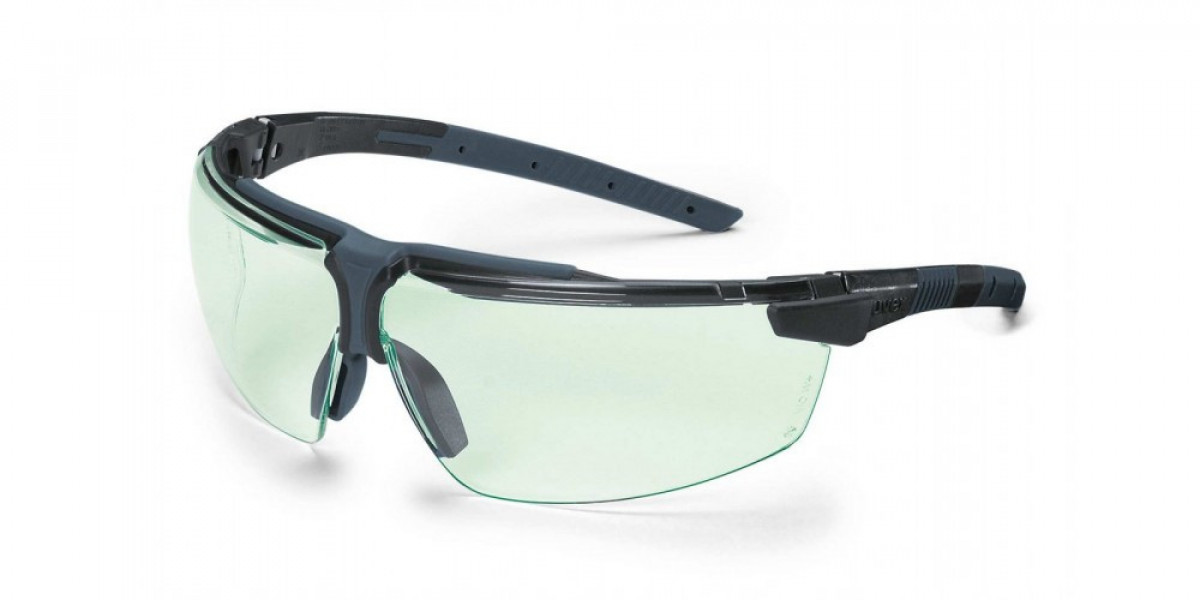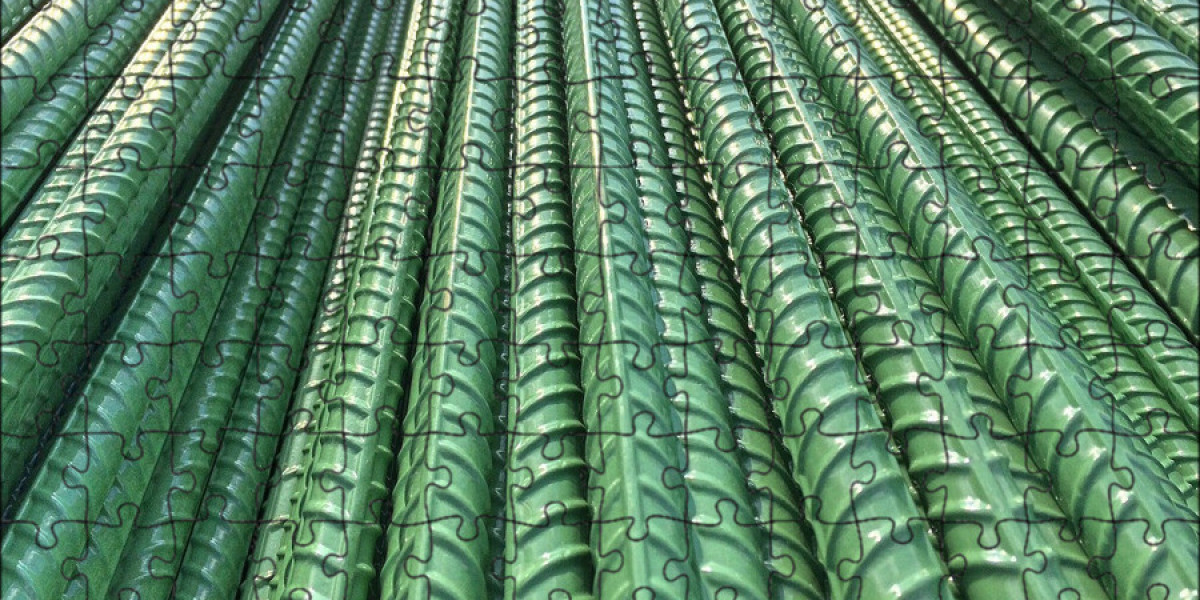The North American safety eyewear market is experiencing robust growth, driven by stringent workplace safety regulations, technological advancements, and increasing awareness about eye protection. As industries such as manufacturing, construction, and healthcare continue to expand, the demand for high-quality safety eyewear is expected to rise. This article explores the growth trends and key insights shaping the Safety Eyewear Market in North America.
1. Market Overview and Size
North America is one of the largest and most mature markets for safety eyewear. The market is primarily driven by the demand from industrial sectors such as construction, automotive, manufacturing, and chemical processing. In addition, the healthcare sector's growth, alongside regulatory pressure for stricter safety standards, has increased the adoption of personal protective equipment (PPE), including safety eyewear.
The U.S. is the largest market in the region, with a well-established industrial base and high safety standards enforced by regulatory bodies such as Occupational Safety and Health Administration (OSHA). The Canadian market also plays a key role in driving the region’s growth, supported by similar safety regulations and a growing industrial base in mining and construction.
2. Key Growth Drivers
1. Stringent Safety Regulations
The most significant driver of the safety eyewear market in North America is the increasing focus on worker safety and regulatory compliance. In the U.S., OSHA regulations require employers to provide adequate protection for workers exposed to hazards, including the risk of eye injury. These regulations have led to a surge in the adoption of safety eyewear across various industries.
OSHA’s standards for eye and face protection (29 CFR 1910.133) mandate the use of protective eyewear in situations where there is a potential for eye injuries from flying particles, chemicals, radiation, or other hazards.
Similarly, in Canada, the Canadian Standards Association (CSA) sets out requirements for PPE, including eye protection, which has further boosted demand for safety eyewear.
The enforcement of these safety standards has made it imperative for companies to invest in high-quality protective eyewear to ensure compliance and protect their workforce.
2. Technological Advancements
Innovation is playing a critical role in the growth of the safety eyewear market in North America. Advancements in materials and lens technology are leading to more comfortable, durable, and functional eyewear products. For example:
Anti-fog coatings and scratch-resistant lenses are now standard features in many safety eyewear products, enhancing both their durability and usability in harsh work environments.
The development of smart safety eyewear is another trend gaining traction. These eyewear solutions integrate augmented reality (AR) and sensor technologies, enabling workers to receive real-time data and improve situational awareness, all while maintaining protection.
These innovations are expected to drive further market expansion, as industries seek eyewear solutions that offer both safety and enhanced functionality.
3. Awareness and Focus on Employee Health and Safety
Workplace safety is becoming a priority for companies in North America as they seek to reduce the number of workplace accidents and injuries. With a strong emphasis on corporate social responsibility (CSR) and improved employee well-being, companies are investing in high-quality protective gear, including eyewear. This shift in attitude, driven by both public and internal company pressure, has led to greater adoption of safety eyewear across a wide range of industries.
3. Key Insights by Industry
1. Construction Industry
The construction sector remains one of the largest consumers of safety eyewear in North America. Workers are regularly exposed to flying debris, dust, and harmful chemicals, all of which pose significant risks to eye safety. In the U.S., the growing number of infrastructure projects and urban development initiatives, as well as ongoing construction activity, has heightened the demand for safety eyewear in this sector.
2. Manufacturing and Automotive Industries
In the manufacturing and automotive industries, workers face various risks from machinery, chemicals, and high-impact objects. As these industries continue to expand, the need for protective eyewear is increasingly recognized as an essential part of worker safety. With high-tech solutions like prescription safety glasses and anti-glare eyewear, manufacturers are addressing the specific needs of workers in these fields.
3. Healthcare Sector
In the healthcare industry, safety eyewear is becoming more crucial, especially for workers exposed to chemical agents, bodily fluids, and potential biohazards. The increasing focus on infection control and the growing number of healthcare facilities have contributed to the demand for medical-grade eyewear, which provides adequate protection against biological and chemical hazards.
4. Oil and Gas
The oil and gas industry is another key driver of safety eyewear demand in North America. Workers in this sector are exposed to high-risk environments, where eye protection is essential due to the presence of chemicals, dust, and debris. The increasing number of oil and gas projects in the U.S. and Canada continues to boost the market for specialized safety eyewear in this sector.
4. Market Trends and Consumer Preferences
The Safety Eyewear Market in North America is also witnessing shifting consumer preferences, as companies and workers demand more comfortable, versatile, and technologically advanced protective eyewear. Key trends include:
Customization and Fit: There is a growing preference for safety eyewear that is customizable to individual needs. Prescription lenses, adjustable nosepieces, and comfortable frames are becoming important factors for workers in industries where extended wear is common.
Fashion and Functionality: The demand for stylish safety eyewear is rising, as companies seek eyewear that not only protects but also aligns with their workforce’s personal style. This has driven the development of sleek, modern designs that blend fashion with functionality.
Eco-friendly Products: As sustainability becomes a major focus, many North American consumers are seeking eco-friendly safety eyewear options made from recycled materials or designed with minimal environmental impact. This trend is expected to grow as manufacturers explore sustainable practices in production and materials.
5. Competitive Landscape
The North American safety eyewear market is highly competitive, with numerous players offering a wide range of protective eyewear products. Key players in the market include:
3M Company
Honeywell International Inc.
Bolle Safety
Uvex Safety Group
MCR Safety
Jackson Safety (Kimberly-Clark)
These companies are focused on expanding their product portfolios, improving product functionality through technological innovations, and exploring partnerships and acquisitions to enhance their market position. Smart eyewear solutions and advancements in lens technology are areas where many of these companies are making significant investments to cater to the evolving demands of the North American market.
6. Challenges and Opportunities
Challenges:
Cost of Advanced Eyewear: High-performance safety eyewear, especially smart eyewear and specialized protective glasses, can be costly. This may limit the adoption of advanced eyewear in certain sectors or smaller businesses with tight budgets.
Regulatory Compliance: Meeting the varying regulatory requirements across different regions and industries can be complex and costly for manufacturers, particularly in ensuring their products comply with safety standards set by OSHA, CSA, and other regulatory bodies.
Opportunities:
Expansion into Emerging Markets: As safety regulations become stricter in emerging industries and regions, there is a growing opportunity for North American manufacturers to expand their safety eyewear offerings into markets outside North America, particularly in Latin America and Asia-Pacific.
Integration of Wearable Technology: The growing interest in smart safety eyewear presents significant opportunities for innovation. Companies that can successfully integrate augmented reality (AR), real-time hazard monitoring, and sensor technology into their eyewear will be well-positioned to meet the increasing demand for advanced protective solutions.
7. Conclusion
The Safety Eyewear Market in North America is expected to continue its growth trajectory, driven by stringent safety regulations, technological advancements, and the increasing importance of worker protection. As industries evolve, and new technologies emerge, there will be ample opportunities for both established players and new entrants to meet the growing demand for safety eyewear solutions. The North American market will likely remain at the forefront of innovation, influencing global trends and shaping the future of worker safety.









